Arizona Utility APS Charts 15-Year Plan on Its Way to Zero-Carbon Energy by 2050
GreenTechMedia
JUNE 30, 2020
Arizona Public Service released its plan for reaching zero-carbon by 2050 , with multiple options to balance the costs and carbon benefits of switching from coal and natural gas to renewables, batteries, distributed energy resources and as-yet-untested technologies. million-customer utility, said in a Tuesday interview.



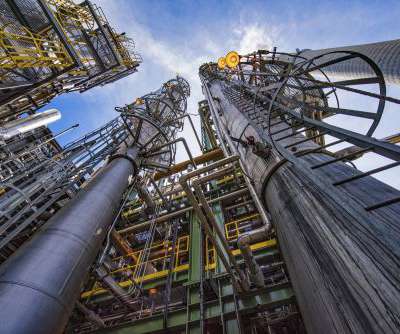
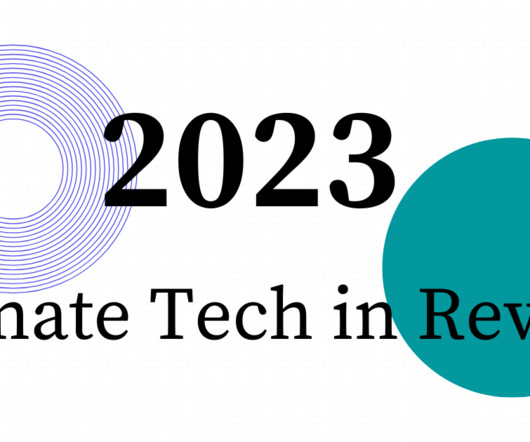

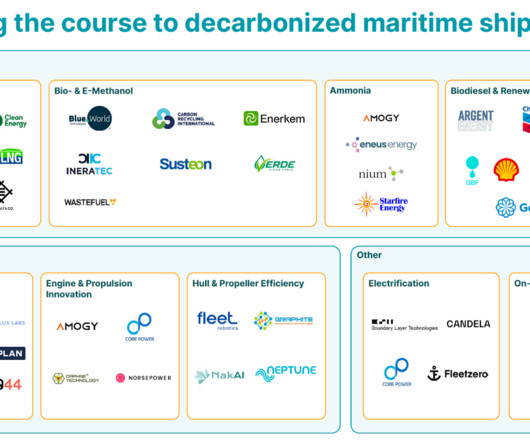

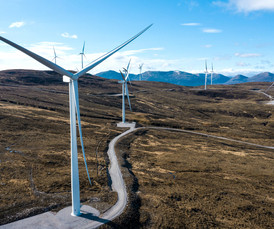
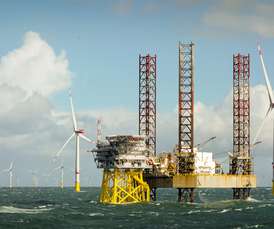

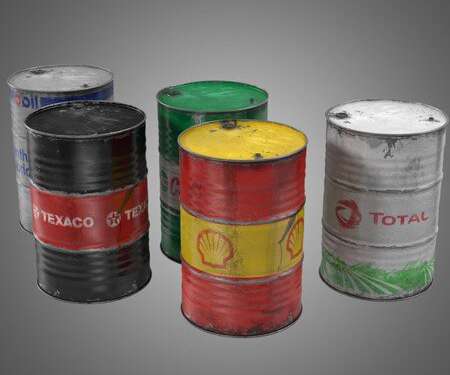
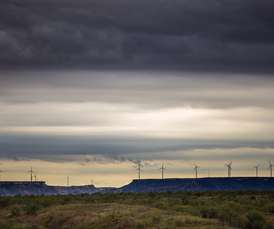








Let's personalize your content